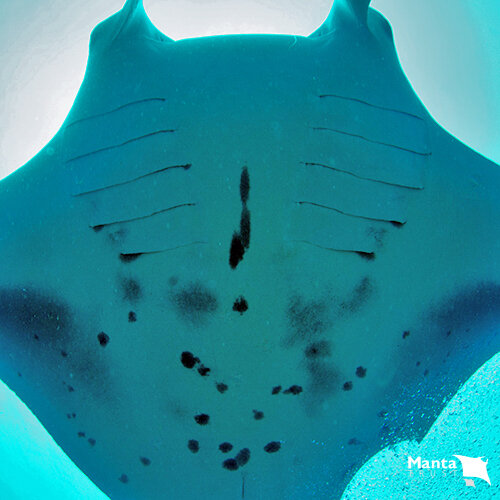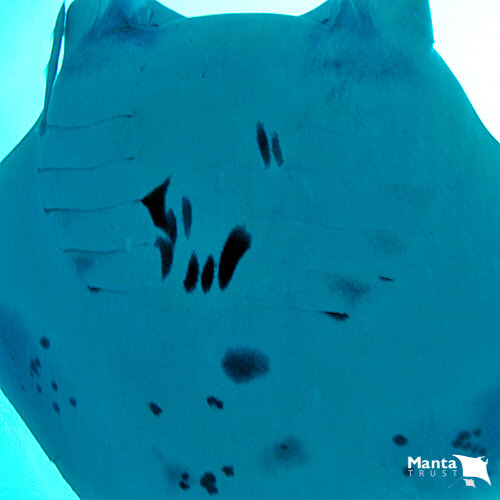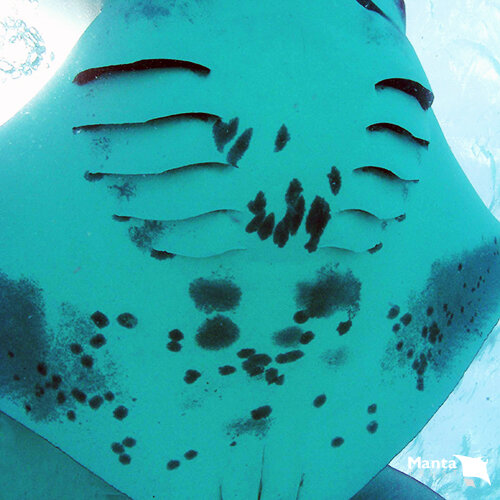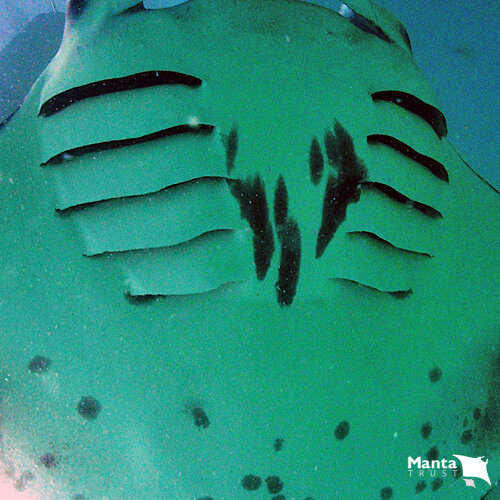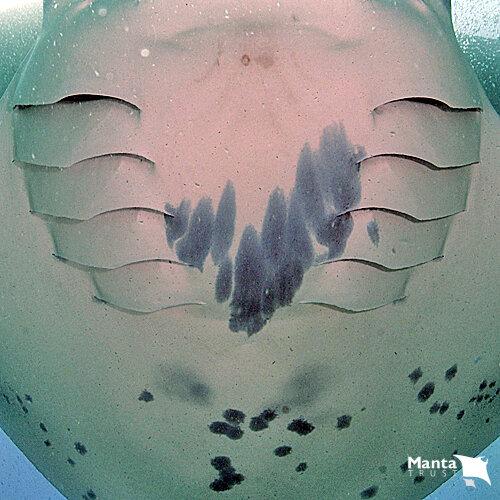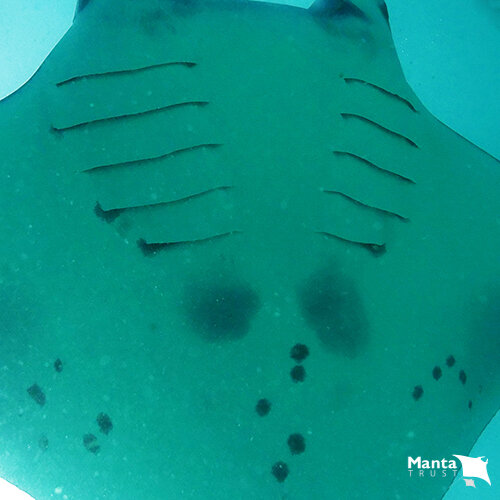Citizen science (also known as community science or crowd science) is scientific research conducted, in whole or in part, by non-professionals, and has truly come into its own in recent years. The technological developments of our era, in combination with the accessibility of equipment such as underwater cameras, computers and smartphones, have resulted in an explosion of public participation in citizen science projects worldwide. The contribution of citizen scientists has helped with solving the structure of viruses, mapping our brain, discovering new galaxies, discovering new species, defining animals’ migratory routes, and so much more!
MantBase is an online platform that centralises manta and devil ray (mobulid) sightings and survey data from around the world. MantaBase was created to assist mobulid scientists in their work and to utilise the power of citizen science to aid the research and conservation of these threatened species. Today, we receive over 5,000 photo-ID submissions each year, and, since its global roll-out in 2012, the MantaBase database has become the largest of its kind. Over 10,000 individual manta rays have been identified through more than 100,000 photographed sightings from over 70 countries. But we want to step things up even further!
MantaBase provides the data used by the Manta Trust and our affiliate researchers to publish over one hundred scientifically peer-reviewed studies (visit our Research Portal here); publications which, in turn, have been directly used to drive conservation management decisions that have led to some of the most important protections for these species. This platform also provides feedback to its users and the wider public, educating them about these gentle giants and engaging them in the need for greater protection for the world’s oceans.
From day one, all photo-ID submissions were manually processed and matched to manta rays in our database by members of the Manta Team and our affiliate projects. However, to grow the scale, accuracy, and efficiency of the research further, the Manta Trust worked with image recognition technology experts to create a fully automated visual biometric photo-ID software called IDtheManta, which interfaces directly with MantaBase during the data submission process. This process streamlines the submission of ID photos and makes the databases accessible to manta scientists and the public around the world.



